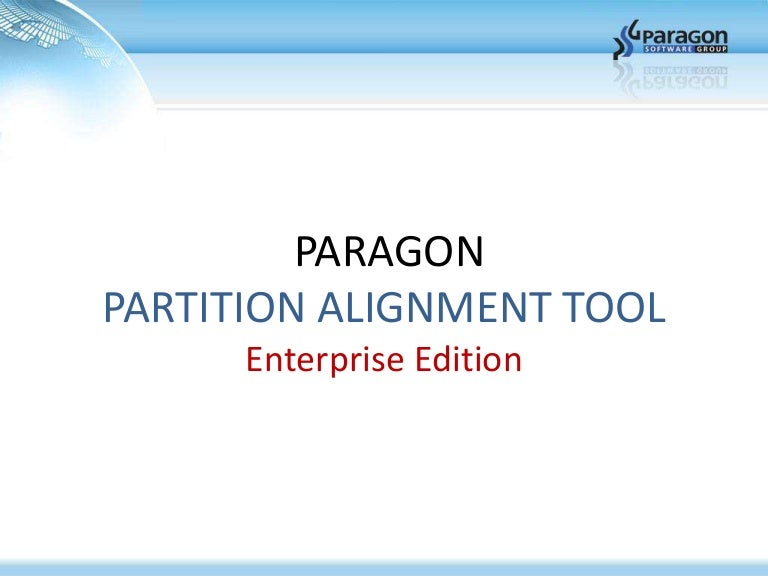
There are still many supposedly up-to-date third-party partitioning and back-up and imaging tools that are not yet ( May 2012) capable of working to the new alignment standards and so should not be used on Advanced Format hard drives. If you use a utility of this nature then it needs to be capable of correctly aligning restored partitions. Be aware that the majority of utilities that back-up entire operating systems ( such as Ghost and TrueImage) do so by copying and restoring entire partitions.

Any partitioning, cloning, imaging or any other procedure that may move a partition should only be carried out with tools and utilities that work to the new alignment standards. The crucial rule that must be adhered to when working on an Advanced Format drive is that all partitions should follow the new alignment settings. If all existing and new partitions and all utilities being used will always be adhering to the new alignment standards, and all installed operating systems are AF certified, then it would be possible to forgo having to identify whether a hard drive is Advanced Format or not. Before carrying out any operations that involve partitions you should determine the current alignments of any existing partitions on a drive and be sure of which alignment standards the tools and utilities you plan on using are going to work to. While it is not impossible to have a mix of partition alignments on a traditional drive we would advise against it because there are certain circumstances where a conflict of standards during the manipulation or creation of partitions can cause other partitions on a drive to go missing.


The traditional hard drive can be either entirely partitioned to the new alignments, or entirely to the old. The new alignment settings can be used on both formats of hard drive, but the old alignments should not be used on the new AF drives.


 0 kommentar(er)
0 kommentar(er)
